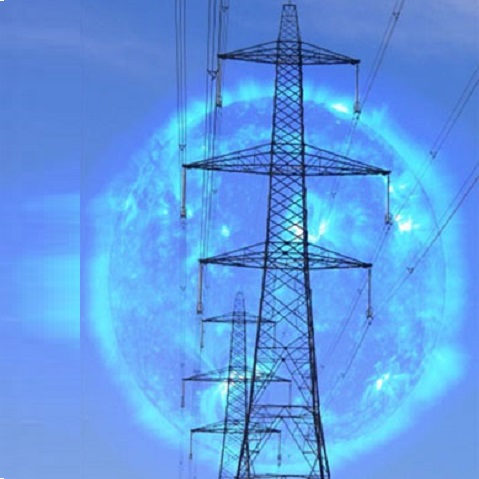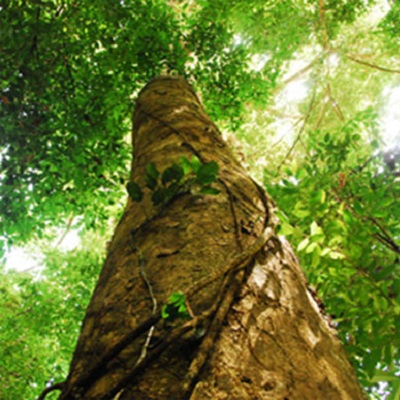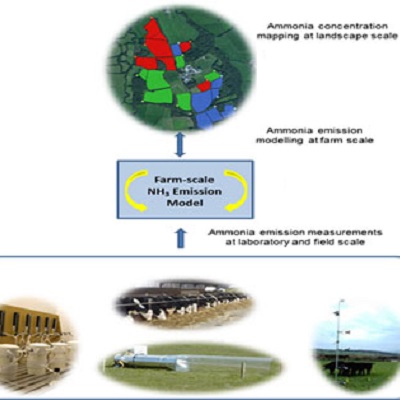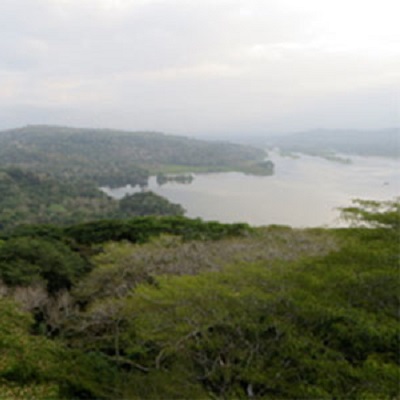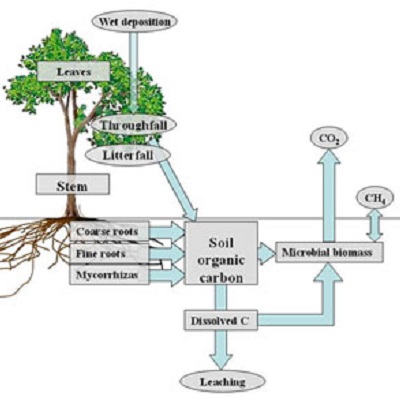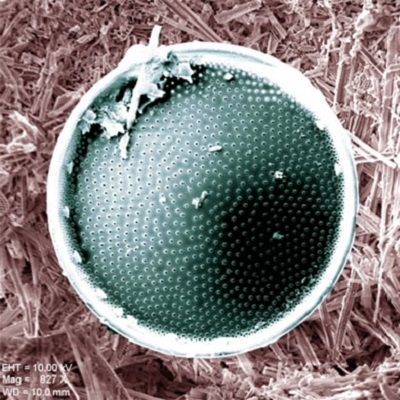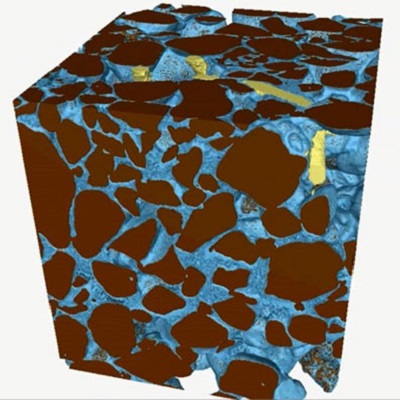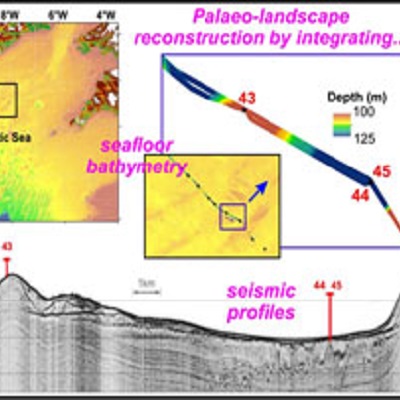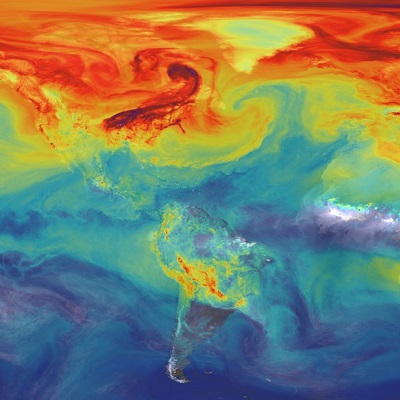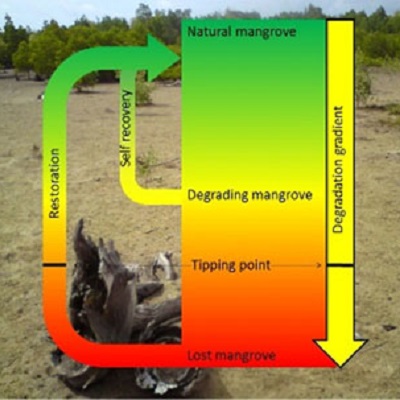Variability in the magnetic field generated by dynamic processes outside the solid Earth can occur over a variety of timescales. As well as limiting the accuracy of geomagnetic field models, this external magnetic field can pose a natural hazard for large-scale electrically conducting systems such as power grids, oil pipelines, and railway signals. The risk […]
Read More
Global change including population driven land use change is putting tropical forests under pressure. Changes in forest plant and soil biodiversity as a result of logging and clearance for oil palm cultivation are altering nutrient cycling, greenhouse gas emissions and consequent feedbacks to climate. It is uncertain how these changes will affect key ecosystem functions […]
Read More
This studentship explores the relationship between atmospheric ammonia concentrations at the landscape scale and agricultural management practices at the field and farm scale for predominantly grassland-based agricultural systems. Ammonia is a significant contributor to nitrogen deposition, damaging sensitive ecosystems, and largely arises from agricultural sources. There is a drive for sustainable intensification within the agricultural […]
Read More
Tropical forests contain more carbon (C) than any other terrestrial ecosystem, at least half of which is stored belowground. Roughly 50% of the world’s tropical forests are now degraded, making them crucial for C sequestration. The regeneration of tropical forests following disturbance involves substantial changes in tree species composition, growth, and soil properties over time. […]
Read More
Forests’ ecosystems and their soils represent the largest reservoir of organic carbon (C) in terrestrial ecosystems. The belowground processes of forests mediate many key biogeochemical processes, have an important role in climate regulation, and are major hotspots of biodiversity. Understanding the mechanisms controlling soil carbon sequestration and stability are essential in maximizing soil C sequestration […]
Read More
Collaborative Awards in Science and Engineering (CASE) sponsorship secured with BGS. “The transition of Earth’s glacial-interglacial cycles from 40 kyr to 100 kyr periodicity during the middle Pleistocene (the Mid-Pleistocene Transition, MPT, ~1.2–0.6 Ma) marks one of the largest climate events of the Cenozoic, but the causes of this cooling transition remain unclear. This is […]
Read More
Soil aggregates, essentially the building blocks from which soils are composed, control many soil properties on which our understanding of many of the major challenges facing society depend; how much air or water the soil can hold in order to grow sufficient crops to feed ourselves. By applying X-ray computed tomography, soil researchers have recently […]
Read More
You will reconstruct different landform assemblages from geophysical and sedimentological data, revealing how landscapes have evolved offshore the UK and Ireland from the Last Glacial Maximum (LGM) to the present day. Why do we care about palaeo-landscapes? Studying the sedimentary records of former ice sheets provides insights into ongoing changes in warming polar regions. Most […]
Read More
This project investigates how increasing atmospheric CO2 concentration impacts on greenhouse gas release from wetlands which provides an important feedback on the global climate. Today natural wetlands are the greatest emitters of atmospheric methane, a process of which plants are important controls. By the end of this century atmospheric CO2 concentrations may reach 800 ppm […]
Read More
Mangroves provide a wide variety of ecosystem services to some of the poorest people on the planet. Under natural conditions, mangroves can persist in an incredibly improbable edaphic (“soil”) environment, characterized by repeated wave action and high salinity, by modifying their internal environment with roots, stems and canopy. Increasingly, however, mangrove systems are subject to […]
Read More

